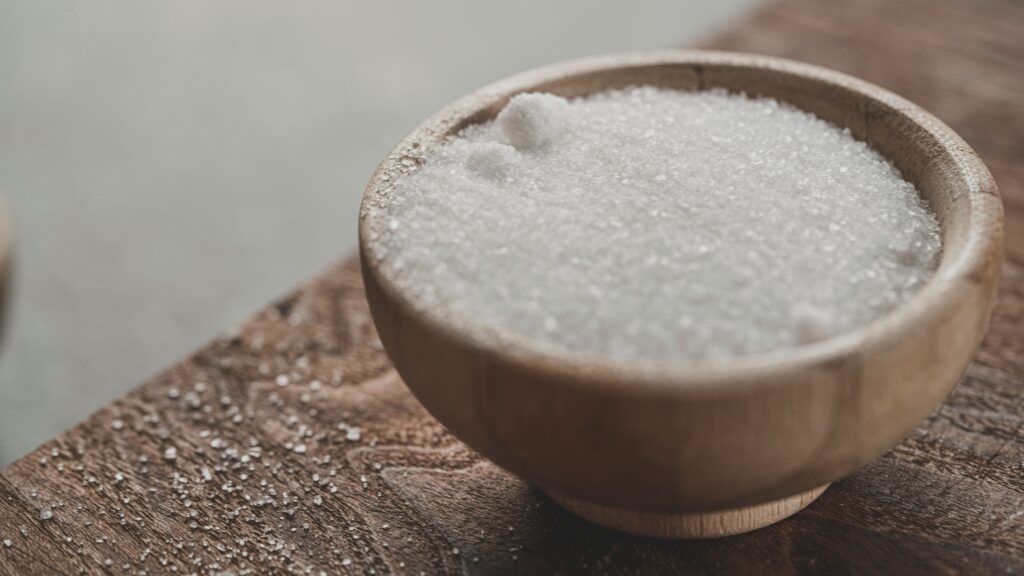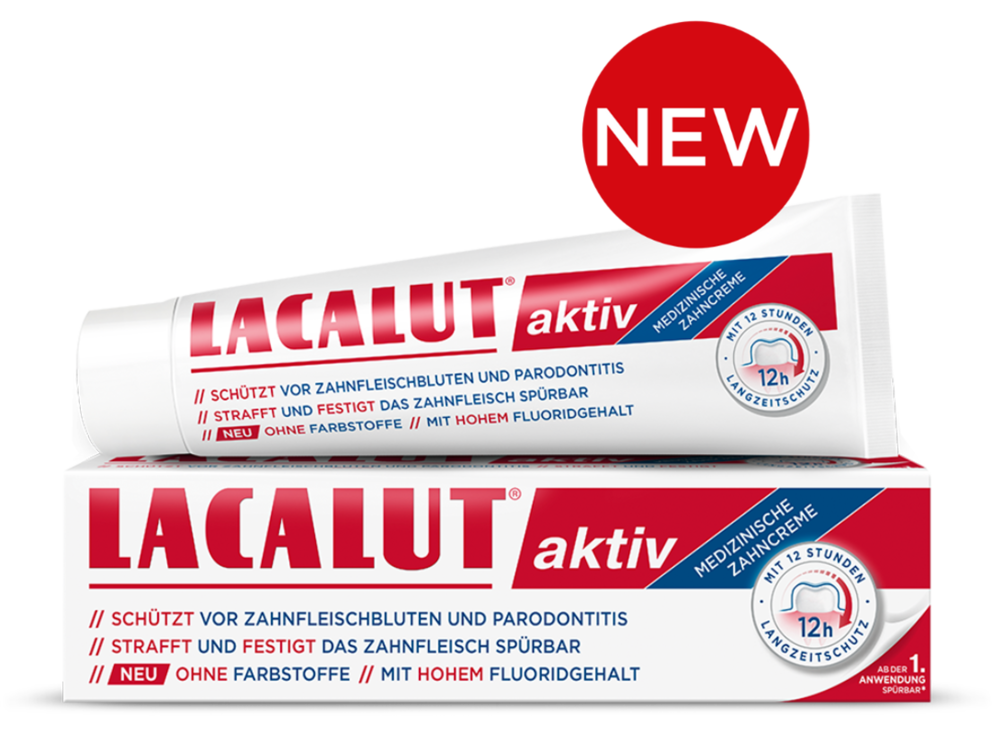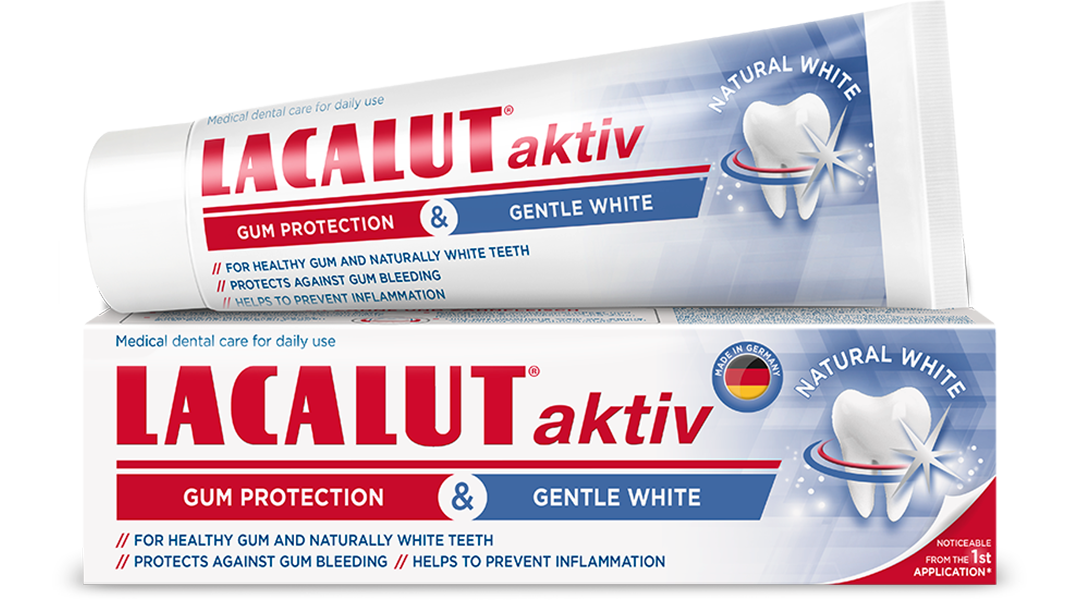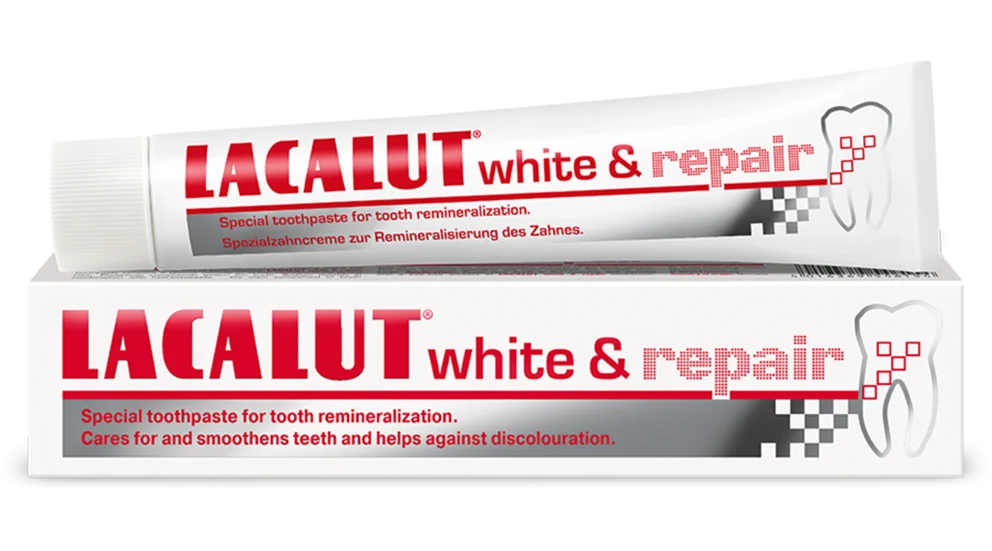TEETH PROBLEMS
Dental plaque – Causes, prevention and treatment
Plaque, or simply plaque, is not only one of the most common causes of bad breath but can also cause serious damage to our teeth if not removed regularly and diligently.
Plaque symptoms are usually visible to the naked eye: whitish-yellow plaque builds up on tooth surfaces, calculus becomes visible (and can be felt when you touch them with the tongue), bad breath and bleeding gums are other common accompanying symptoms. If the plaque becomes thicker, the teeth will be even rougher and duller. This situation is far from the feeling of freshness you feel after brushing your teeth when everything is smooth and clean.
Causes of dental plaque: Predisposition, diet, care
Plaque itself is completely natural and part of our oral flora – it just needs to be removed regularly to prevent it from becoming a health hazard. Some people are more prone to plaque formation due to the composition of their saliva, others less so. However, diet and oral hygiene factors are far more important than one's predisposition. If the plaque is not regularly removed from the surfaces of the teeth, ie at least twice a day, the minerals contained in the saliva will accumulate and lead to demineralization of the plaque. The consequences are tartar that can only be removed by professional teeth cleaning, as well as irritated gums. If plaque remains untreated, tooth decay, gum inflammation (gingivitis) and periodontitis can follow. However, if the plaque is removed within 24 hours, a stone usually does not form.
Our product recommendations
Dental plaque – this is how it forms
Many different bacteria and microbes live in the mouth, some useful and beneficial to dental health, others harmful and pathogenic. Among other things, these bacteria live directly on the surface of the teeth in the so-called biofilm. This fibrous/soft, textured, microbial plaque is the plaque baseline, so to speak. Within the biofilm, bacteria are protected from external influences and can multiply rapidly. Under ideal conditions, plaque will form quickly this way.
A sugar diet promotes plaque
If tiny bits of food remain on the surface of the teeth after eating or drinking, this provides bacteria and caries-causing microbes ideal conditions to live and multiply. Sugary foods and drinks actually increase the number of acid-forming bacteria because they feed on them, so to speak. The bacteria that cause tooth decay convert refined sugar into aggressive acids such as lactic acid that attack tooth enamel and can even destroy it over time. Other bacteria found in plaque form strong-smelling sulfur compounds, resulting in bad breath.

Causes of dental plaque
In addition to the main causes, such as lifestyle and predisposition, there are other factors that can promote plaque formation. These include:
- Smoking, because pollutants, tar and nicotine, yellow the teeth and make them look brown
- Brightly colored foods such as coffee, black tea, red wine or spices such as curry and turmeric can discolour teeth
- Low saliva production (dry mouth)
- Medication
- A weakened immune system;
Thorough dental care is the best prevention

How much plaque can spread and settle in the mouth is up to you. Completeness and regularity of dental care are both critical factors. Simply brushing your teeth is not enough. Teeth should be cleaned as follows:
- Use a fluoride toothpaste such as LACALUT® active toothpaste and focus on each tooth individually. Whether you use a simple manual toothbrush or an electric one is up to you.
- After the teeth have been cleaned from all sides using the toothbrush, continue with dental floss and ideally also interdental brushes. These tools can also be used to clean hard-to-reach interdental spaces.
- To reduce the bacterial load in the mouth or tongue, a tongue scraper or tongue brush can be used.
- Finally, antibacterial mouthwash from the pharmacy such as LACALUT® aktive mouthwash or a homemade chamomile tea can reduce plaque.
You can even feel how effective brushing your teeth was by feeling and comparing your tongue over the tooth surface before and after brushing your teeth. If everything is smooth instead of rough, you brushed your teeth carefully. In addition, you should have a routine examination at the dentist at least once, preferably twice a year, in order to identify hidden plaque and tartar and remove it through professional teeth cleaning. In contrast to brushing your teeth at home, professional teeth cleaning uses ultrasonic devices and various hand instruments such as scalers and curettes to remove solid tartar.
Particularly vulnerable areas in the mouth
Certain areas are especially prone to plaque buildup because they are harder to reach when you brush your teeth. These should be thoroughly cleaned:
- Tooth cavities (medically known as: fissures)
- Interdental spaces
- Gum line
- Dentures
- Partial or complete dentures
- Bridges
- Crowns
- Fixed braces or splints
Flossing and interdental brushes can also be used to counteract this tendency to some extent, but these areas are always more vulnerable than, for example, the fronts of the incisors. Tooth staining tablets can also be somewhat helpful in controlling your own tooth brushing. They make the plaque visible as the dyes from the tablet adhere to the plaque that is still there. This reveals problem areas.
Increased risks for pregnant women
Dental care is especially important during pregnancy because the altered hormonal balance makes the oral cavity more susceptible to gingivitis and diseases such as periodontitis. That's why it's even more important for pregnant women to remove plaque regularly and thoroughly before it causes problems – it's better to do too much than too little.

When a visit to the dentist becomes necessary
Most people don't visit their dentist until the plaque has turned into tartar, possibly even causing painful inflammation. If plaque has been causing problems for a long time, the dentist should clarify whether there may be a serious cause for it. Regular checks should be strictly scheduled!


